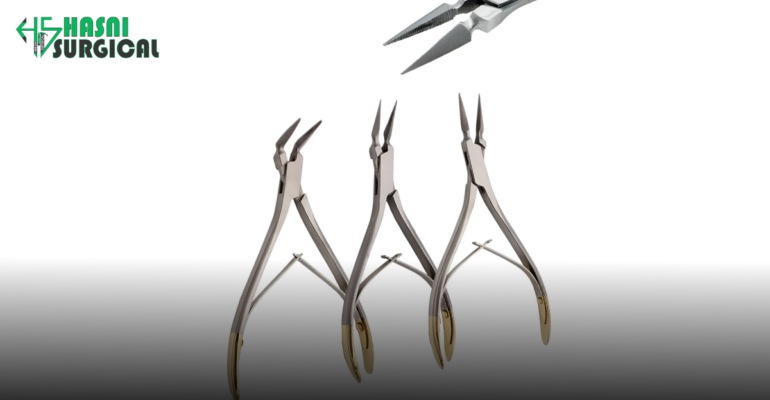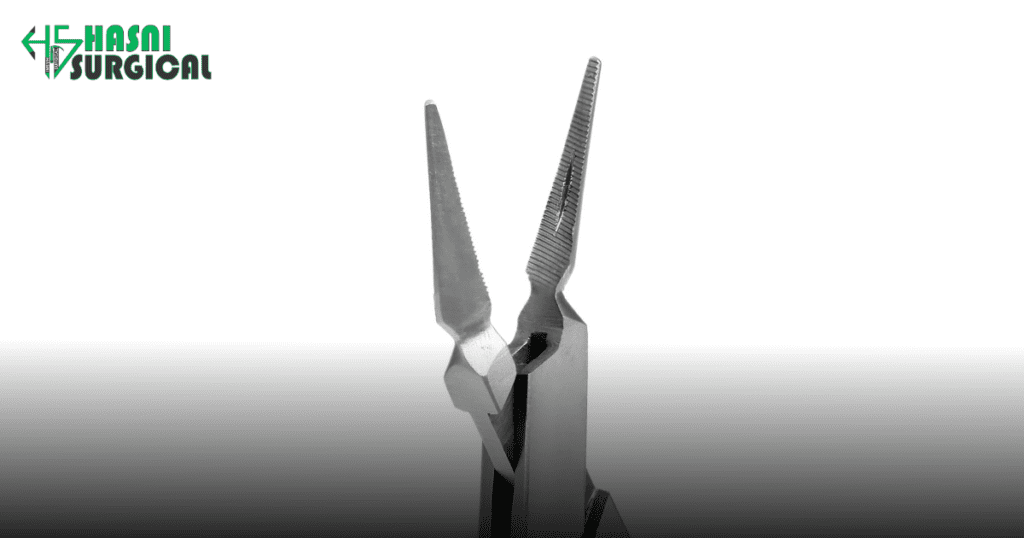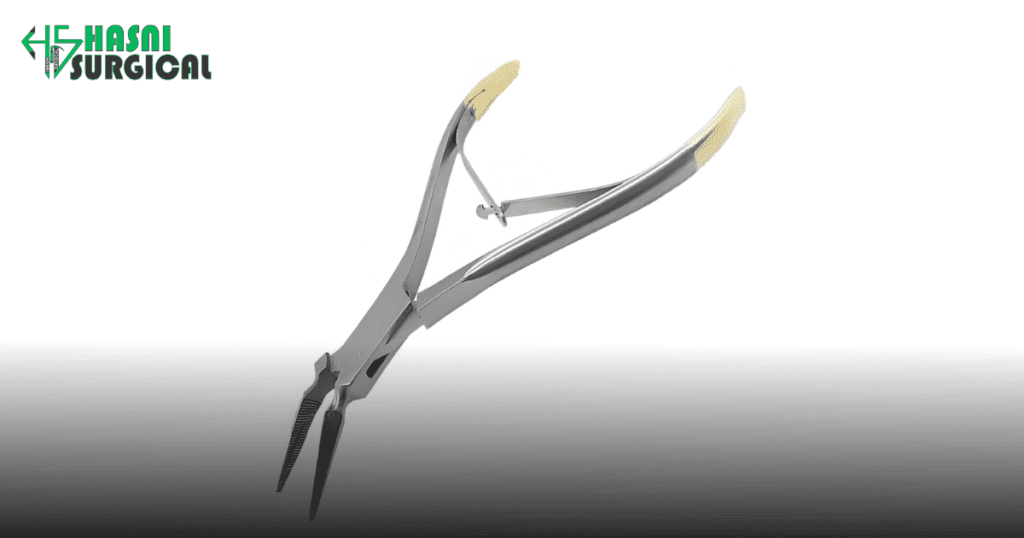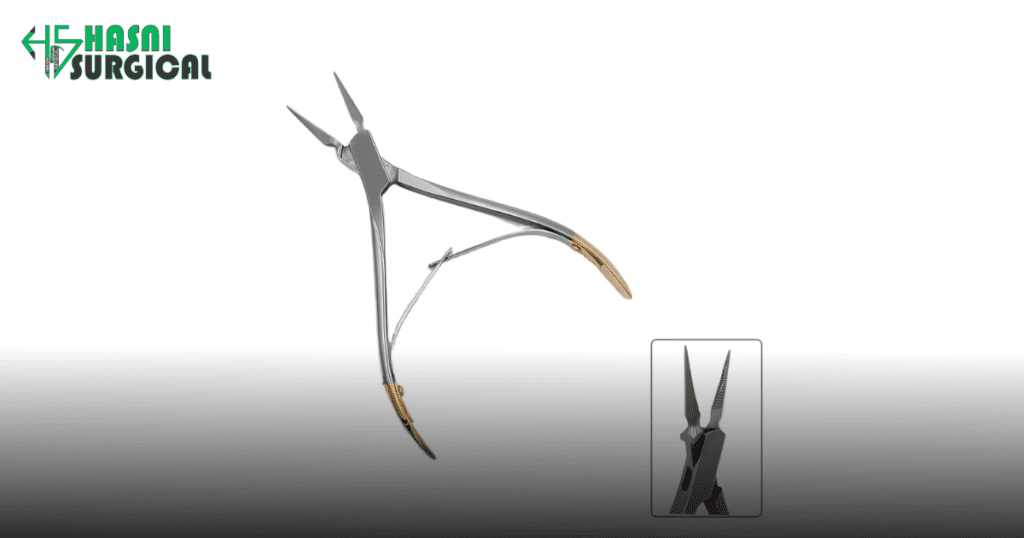Essential Surgical Instruments for Bone Trimming and Shaping
July 5, 2024 2024-11-21 6:31Essential Surgical Instruments for Bone Trimming and Shaping

Essential Surgical Instruments for Bone Trimming and Shaping
Essential Surgical
When it comes to surgery, precision is everything. Surgeons rely on a variety of specialized instruments to perform delicate procedures, especially when they involve trimming and shaping bone. Understanding these surgical instrument tools is key to appreciating the skill and expertise required in surgical procedures. In this blog post, we’ll explore some of the most important surgical instruments used for bone work, providing a clear explanation of their functions.

1. Bone-saw surgical instruments
Bone saws are among the most critical tools for cutting through bone. There are different types of bone saws, each designed for specific tasks:
- Oscillating Saws: These saws move back and forth, allowing precise cuts with minimal damage to surrounding tissue.
- Reciprocating Saws: These saws use a push-pull motion, ideal for cutting through harder, denser bone.
2. Rongeurs
Rongeurs are strong, plier-like instruments used to cut and remove small pieces of bone. They have a sharp, scoop-shaped tip that makes it easy to trim bone edges or remove bone fragments from surgical instruments.

3. Bone Files and Rasps
Bone files and rasps smooth and shape bone post-surgery. They have rough, abrasive surfaces that help to file down sharp edges and irregularities. These surgical instruments ensure that the bone surface is smooth, reducing the risk of injury to surrounding tissues.
4. Bone Chisels and Osteotomes
Bone chisels and osteotomes are flat, chisel-like surgical instruments used to cut or shape bone. The main difference between the two is that osteotomes have a beveled edge, while chisels do not. These instruments shape bones precisely during surgery with a mallet.

5. Bone Cutters
Bone cutters are similar to heavy-duty scissors designed to cut through bone. They are used when precise cutting of bone is required, such as in orthopedic and dental surgeries. Bone cutters provide a clean cut with minimal effort surgical instruments.
6. Curettes
Curettes are small, spoon-shaped instruments used to scrape away bone or tissue. They are particularly useful in procedures where fine, controlled removal of bone is necessary, such as in neurosurgery or ear, nose, and throat (ENT) surgeries.
7. Suture Anchors
While not directly used to cut or shape bone, suture anchors play a crucial role in bone-related surgeries. They are used to attach tendons or ligaments to the bone, ensuring proper healing and stability after the bone has been shaped or trimmed.
Why is it important to use surgical instruments for trimming and shaping bones?
Although it is very essential to use surgical instruments for trimming and shapping your bones daily, here are some of the reasons that led you to start timing and shaping your bones.

Precision and Control
Tools like bone rasps, nibblers, and saws enable surgeons to precisely remove, reshape, and contour bone with exceptional control. This precision is vital in orthopedic surgeries, craniofacial reconstructions, and spinal operations, where accurate bone manipulation is critical for achieving successful outcomes.
Minimizing Tissue Damage
These specialized instruments are crafted to minimize damage to surrounding soft tissues, which is especially important compared to using general-purpose tools. By reducing tissue trauma, surgeons can lower the risk of complications and promote quicker healing post-surgery.
Improved Surgical Access: Instruments such as Kerrison rongeurs and Leksell rongeurs provide surgeons with the ability to access and remove bone in challenging locations, such as the spinal canal or skull base, without compromising nearby critical structures.
Facilitating Fixation and Healing: Properly shaping and contouring bone using these instruments ensures a secure fit for implants, grafts, or fixation devices. This precision contributes to better long-term stability and enhances the healing process for patients.
Versatility Across Specialties: Bone-cutting instruments are indispensable across various surgical disciplines, including orthopedics, neurosurgery, craniofacial and plastic surgery, and podiatry. Their versatility highlights their widespread utility in enhancing surgical outcomes across different medical specialties.
Conclusion
Surgical instruments for trimming and shaping bone are essential for ensuring successful surgical outcomes. Each tool has a specific function, and surgeons rely on their expertise to choose the right instrument for the job. Understanding these tools helps us appreciate the complexity and precision involved in surgical procedures.
Whether it’s a bone saw for cutting, a rongeur for trimming, or a curette for scraping, these surgical instruments are the backbone of surgical bone work. At Jalal Surgical, we are committed to providing high-quality surgical instruments that meet the needs of medical professionals around the world.Surgical Instruments.

